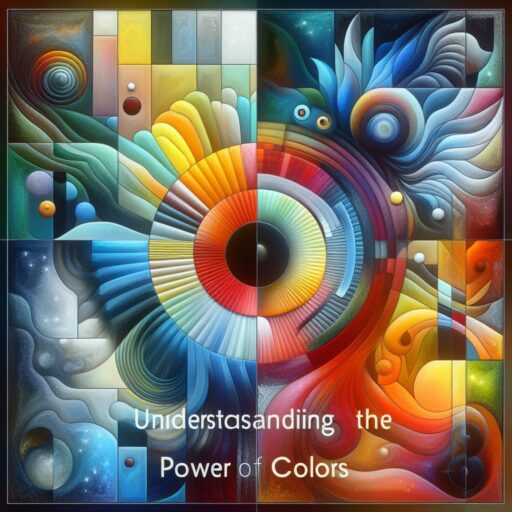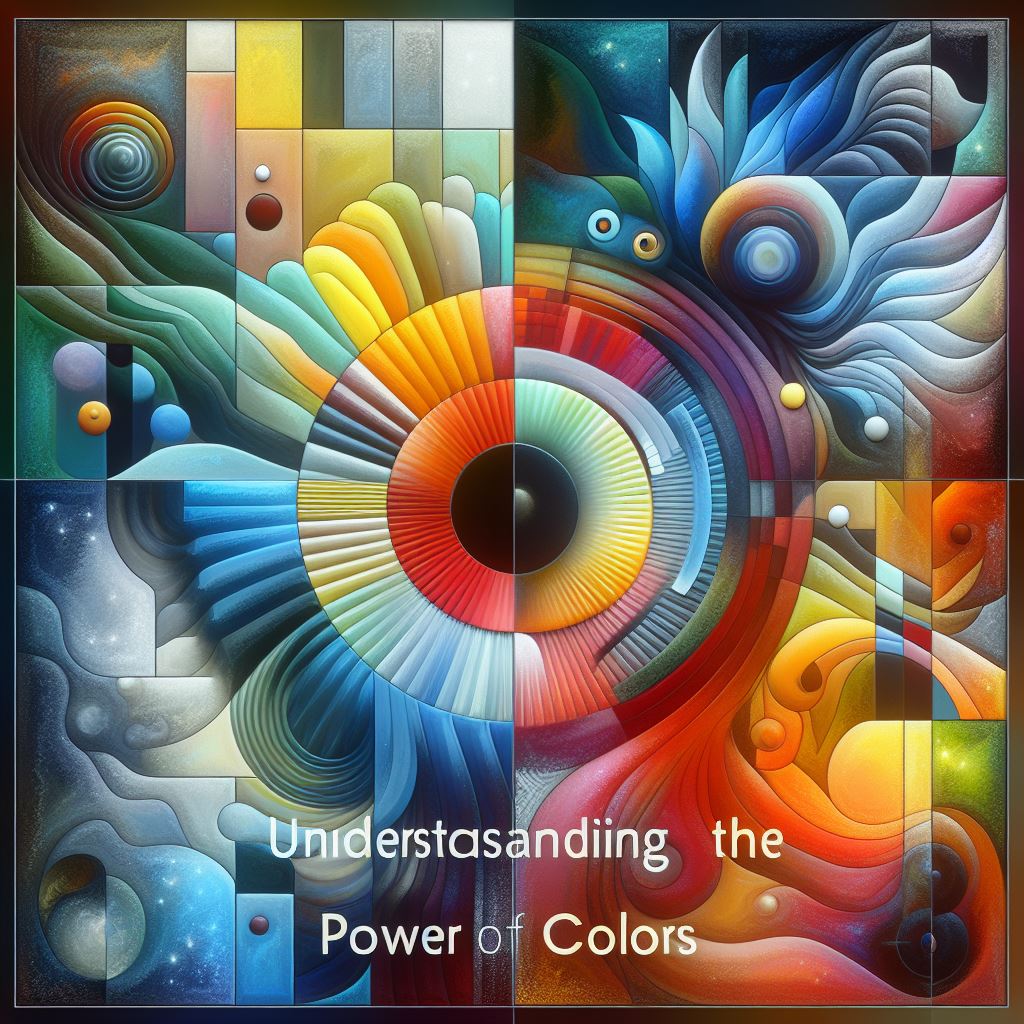From the serene blues of a clear sky to the vibrant hues of a bustling marketplace, colors play a fundamental role in shaping our perceptions, emotions, and interactions with the world around us. The study of color theory goes beyond mere aesthetics; it delves into the psychology, science, and artistry behind how colors impact our lives
The Basics of Color Theory
1. Primary Colors
- Red, blue, and yellow form the primary colors. They are the foundation of all other colors and cannot be created by mixing other hues.
2. Secondary Colors
- Mixing primary colors results in secondary colors: orange, green, and purple.
3. Tertiary Colors
- Tertiary colors are formed by mixing primary and secondary colors, creating a broader spectrum and nuanced shades.
The Color Wheel
1. Understanding Hue, Saturation, and Value
- Hue: The pure spectrum of a color.
- Saturation: The intensity or vividness of a color.
- Value: The lightness or darkness of a color.
2. The Color Wheel’s Role
- It organizes colors harmoniously and helps in understanding color relationships, such as complementary, analogous, and triadic colors.
Psychological Impact of Colors
1. Emotional Associations
- Red: Passion, energy, urgency
- Blue: Calm, trust, serenity
- Yellow: Happiness, optimism, warmth
2. Cultural and Contextual Significance
- Colors carry different meanings across cultures and contexts. For instance, white symbolizes purity in Western cultures but mourning in some Eastern cultures.
Application of Color Theory
1. In Art and Design
- Understanding color theory is crucial for artists, graphic designers, and interior decorators to evoke specific emotions or create visual harmony.
2. Marketing and Branding
- Brands strategically use colors to convey their identity and influence consumer perceptions. Think of Coca-Cola’s use of red for excitement and passion.
Practical Tips for Using Color Theory
1. Consider the Audience
- Different demographics and cultures perceive colors differently, so it’s essential to consider your audience when choosing a color palette.
2. Creating Harmonious Palettes
- Use tools like Adobe Color or COLOURlovers to generate color schemes that create visual balance and appeal.
3. Experimentation and Iteration
- Don’t be afraid to experiment with colors. It’s through trial and error that you can truly understand their impact.
Conclusion: Harnessing the Power of Colors
Color theory isn’t just a study; it’s a tool that empowers us to communicate, evoke emotions, and create visually compelling experiences. Whether you’re an artist, designer, marketer, or simply someone exploring the world of colors, understanding color theory opens doors to endless creative possibilities.







